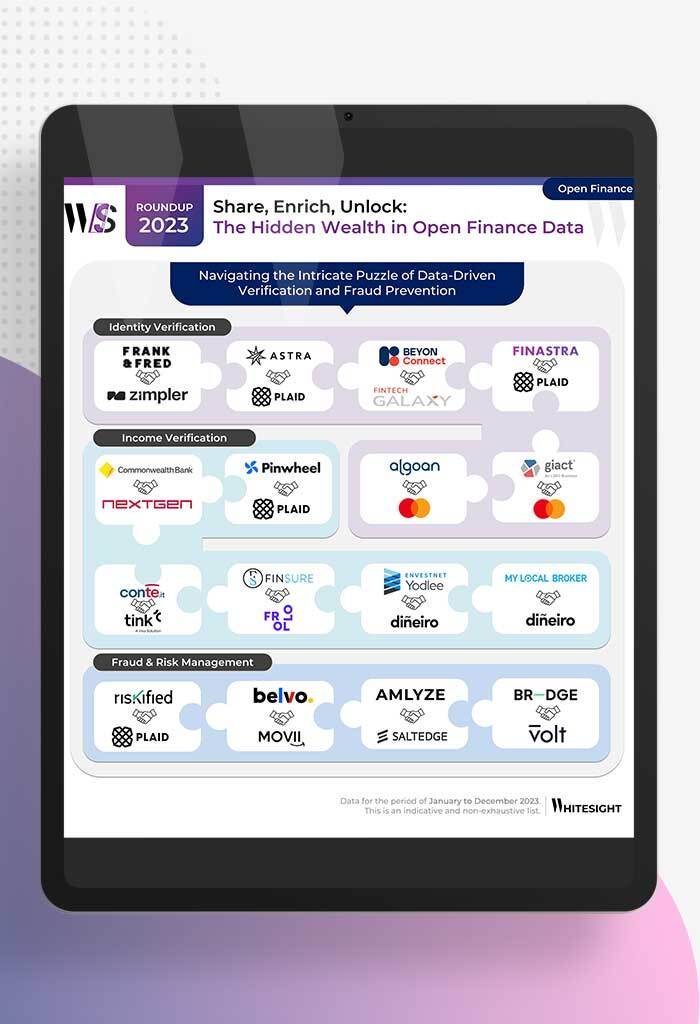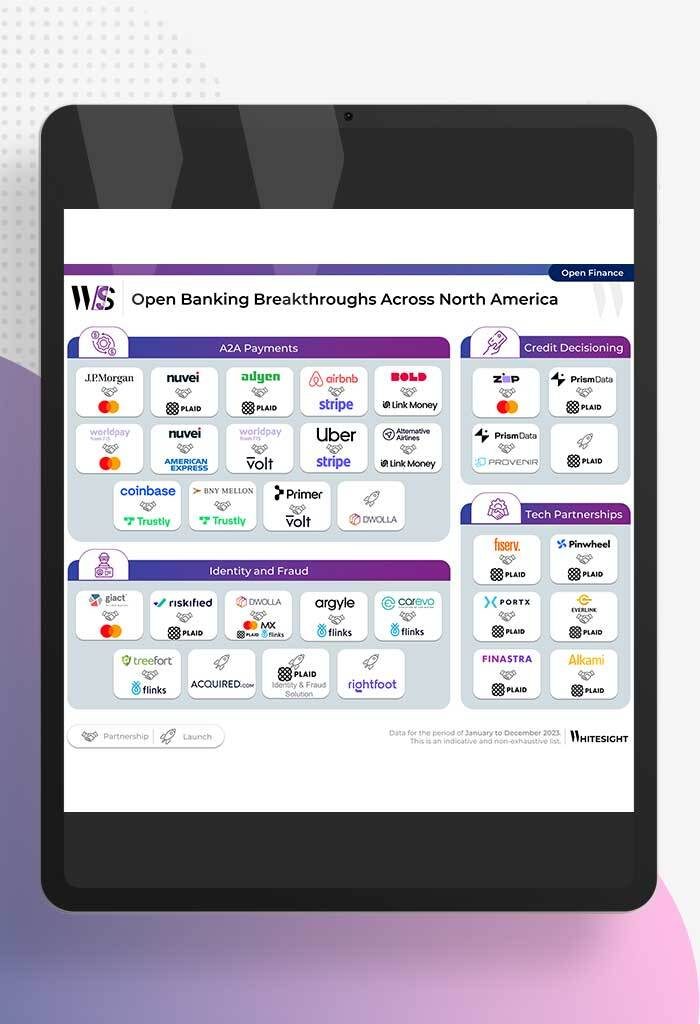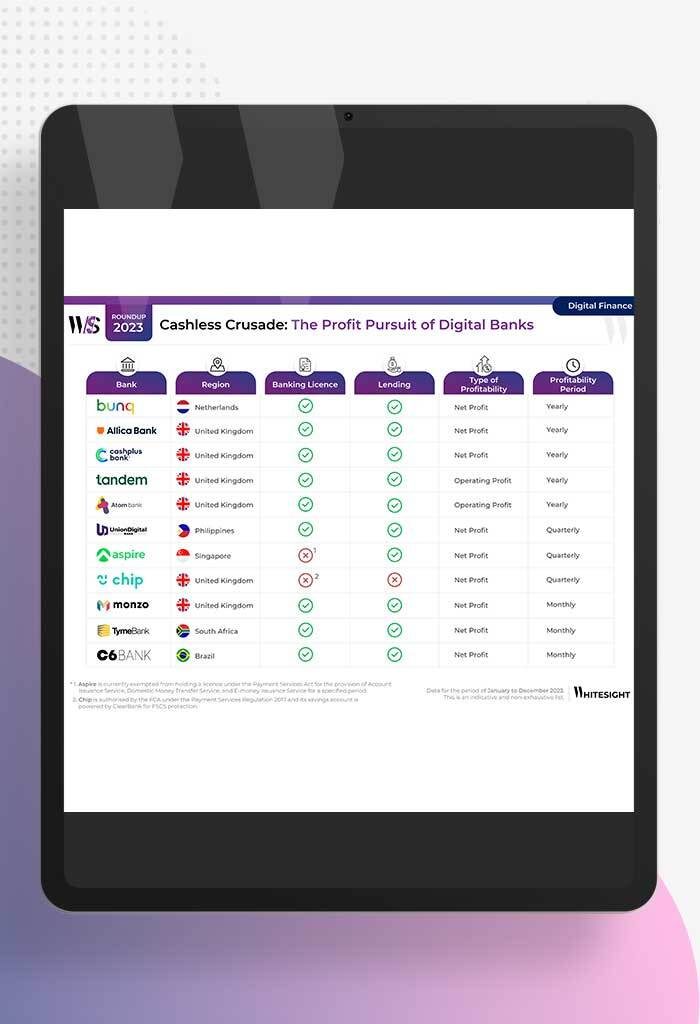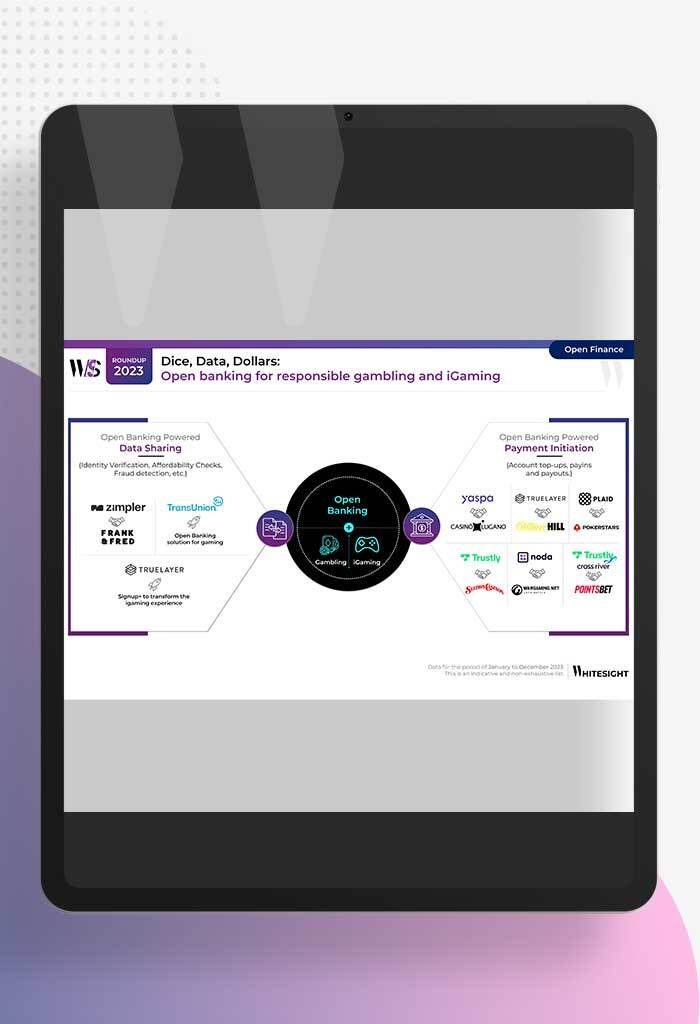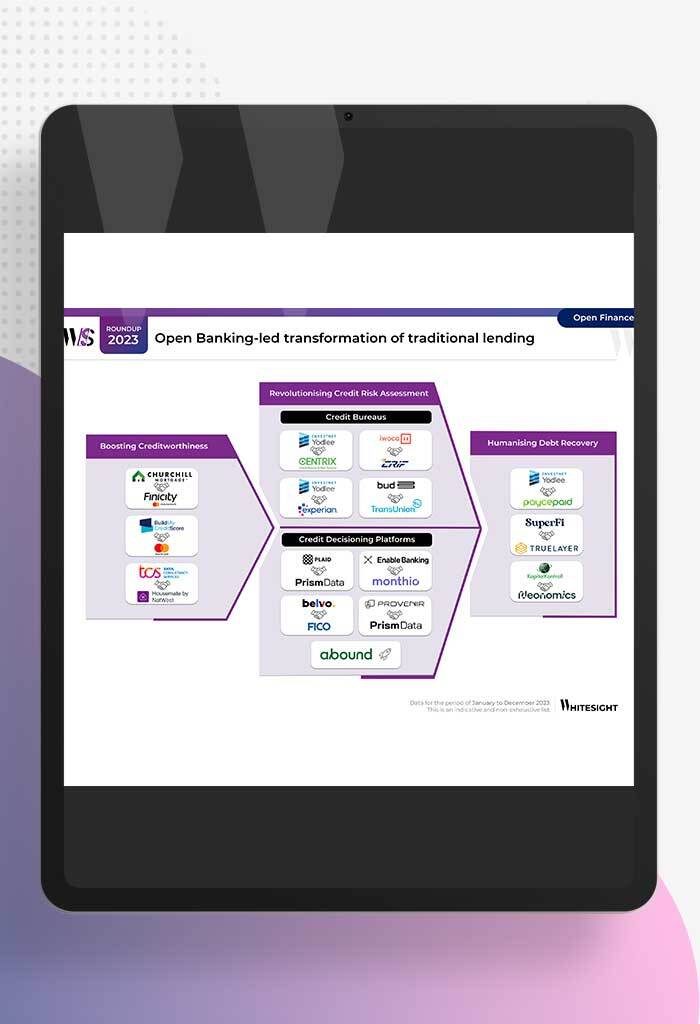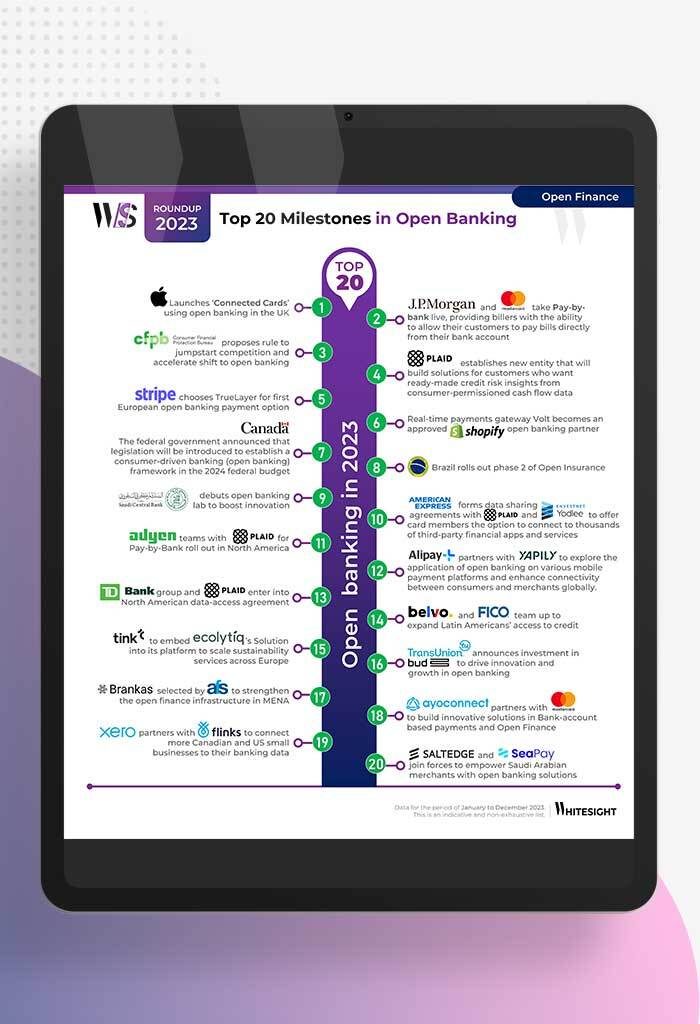Cloud-native Cores and Digital Banking Revolution
- Sanjeev Kumar and Risav Chakraborty
- 2 mins read
- Digital Finance, Insights
Table of Contents
Cloud-native Cores and Digital Banking RevolutionOne small step towards cloud-native cores, one giant leap towards digital finance! — That’s how the financial industry has been moving in 2022.Legacy infrastructure in banking has long been the elephant in the room, preventing financial institutions from personalising their services at scale. According to a report by Celent and Mambu, banks worldwide can save up to $246B by switching to a cloud-native architecture, including a 76% decrease in core spending and a 15% reduction in total IT costs over a five-year period.In 2022, we witnessed a massive influx of banks and FinTechs embracing cloud-native architectures by forging strategic alliances with modern core banking providers. The legacy systems that large financial institutions often rely on have left them marooned in technological quicksand. 80% of top bank executives believe that if they do not upgrade their technology to be more flexible and capable of supporting rapid innovation, the very existence of their company may be in jeopardy. With cloud-native core banking platforms, banks can personalise their services at scale as well as rapidly design, test, and deliver engaging experiences to customers.Incumbents across the globe are waking up to this notion of evolving dynamics as constant technological […]
This post is only available to members.
Already a subscriber? Log in to Access
Unlock this blog
Gain exclusive access to this blog alone.
Radar Subscription
Select a membership plan that resonates with your
goals and aspirations.
Not Ready to Subscribe?
Experience a taste of our expert research with a complimentary guest account.
We publish new research regularly. Subscribe to stay updated.
No spam.
Only the best in class fintech analysis.
Related Posts
- Kshitija Kaur and Sanjeev Kumar
From Data Streams to Enriched Data Fountains Remember the early days of plumbing? Water flowed freely, but its quality was...
- Samridhi Singh and Sanjeev Kumar
North America’s Open Sesame: Use Cases Bloom Open banking has garnered significant attention in recent years, and at Whitesight, we’ve...
- Samridhi Singh and Sanjeev Kumar
Profitability Unlocked: Licences, Service, and Survival The rise of digital banks has sparked a paradigm shift in how we perceive...
- Sanjeev Kumar and Risav Chakraborty
High stakes in the gambling sector The online gambling industry is booming, with a projected market size of $107.3B by...
- Sanjeev Kumar and Risav Chakraborty
Open Banking-led Transformation of Traditional Lending In 2023, a wave of innovation swept through the lending industry, thanks to several...
- Sanjeev Kumar
Unmasking Open Banking’s Game Changers in 2023 2023 has been a pivotal year in the world of open banking, marked...
